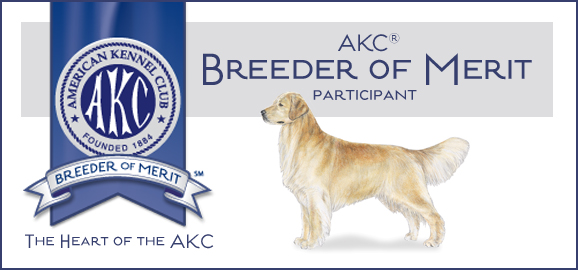Ultimately, we want our pet dogs to be reliable in staying in one place while we leave them for more than just a few seconds at a time. We build the time up gradually to where eventually they are reliable for many full minutes without reward.
Here are a few examples of the use of the down/stay in my dogs’ everyday life.
At the end of a dog trial. I put my dogs in a down/stay when packing up to leave. I can trust them to remain in the down while I take down and fold up crates, fold up chairs, and pack my belongings. Without the solid down/stay, I’d be asking friends to hold onto my dog’s leashes, especially in the summer when it’s too hot to leave them in their crates in the van.
I also use the down/stay in hotels where dogs are not allowed in a buffet eating area. I’ll leave them in a down outside the eating area while I get my food. This is an area with a high level of distraction. The dog must be well trained to ignore all the people milling around.
A final use of the skills taught in the down/stay training is in teaching a dog to use those habits of self-control to wait before passing through a crate door or a house door. This has proven to be a life-saving skill on more than one occasion.
Place Cot Application
Once the place cot has fulfilled its purpose for keeping a dog from creeping forward and for building self-control, I will change its purpose as well as the criteria for reward.
When training this new application of the place cot, I begin increasing the time on the cot exponentially while at the same time I reduce criteria in terms of position. At this point in training, I no longer care if the dog maintains a down. I simply want him to stay on the cot. I move the cot into my family room and the training game becomes a game of ever increasing time while the cot remains stationary and I move around the room. Eventually, I’ll move in and out of the room. My only expectation of the dog is to remain on the cot. I gradually increase the time. Then, when the dog is consistently staying there, I add a bully stick to the cot for additional reinforcement to remain on the cot. My reinforcement schedule with food becomes more random as I give the dog treats occasionally as well.
If the dog comes off the bed, I simply tell him to get back on, reduce the time, and increase the reinforcement schedule. I do not give him a treat for simply getting back on the cot as this will make it likely that the dog will learn that getting off and then back on will bring reward. Instead, I walk away for a bit and then treat him when he remains on the cot until I return.
This new application for the cot gives you an opportunity to train a couple of other behaviors that should come fairly easily.
The Cot While Greeting Guests
A very helpful use of the place cot is to train the dog to go to the cot and stay there while you greet guests. Once your dog knows the “place” command, you can ask your dog to go to the cot in response to a ring of the doorbell. Train the doorbell as an additional cue by having someone ring the door bell. Then, just after the sound of the bell, ask the dog to get on the cot with his already trained “place” cue. Eventually the dog will start anticipating that the “place” cue will follow a ring of the bell. At this point, simply wait for your dog to get on the cot after a ring of the bell. Mark and reward.
When the dog is proficient with getting on the cot responding only to a ring of the door bell, begin training the dog to stay there while you greet guests. At first, you will need to reward frequently for staying on the cot while there are guests because they will probably be a big distraction. Tell your guests to ignore the dog and stay at a distance. Eventually, you will be able to just periodically and randomly reward the dog for staying on the cot while you talk to your guests.
This use of the cot is great for the purpose of keeping your dog from greeting your guests before you have a chance to greet them. The cot is far better than simply putting your dog in a crate or pen because confinement tends to amp a dog up when there is something exciting going on in the home. Therefore, many dogs are much more apt to bark when crated when guests come.
When a dog is given a job to do, such as staying on a cot by choice, he will tend to stay quiet because his mind is on his job of remaining on the cot. You can also give him a bully stick while he remains there. Of course, there is also the added motivation to quietly wait on the cot by your random reinforcement of treats.
Transferring the Place Cot Skills to a Portable Mat
In addition to using the place cot, I also transition this same skill to a smaller, more portable mat. I train the puppy to the mat the same way I trained him to the cot. Once trained to the mat, I can take the mat with me to outdoor seating at restaurants, to soccer games, or to any other place where I’d like my dog to stay quietly close by me.
Having a mat gives the dog an understandable boundary thereby creating clarity for the exercise.
Click on Skill 16: Real Life Application – Heeling to read the next chapter in the book.

